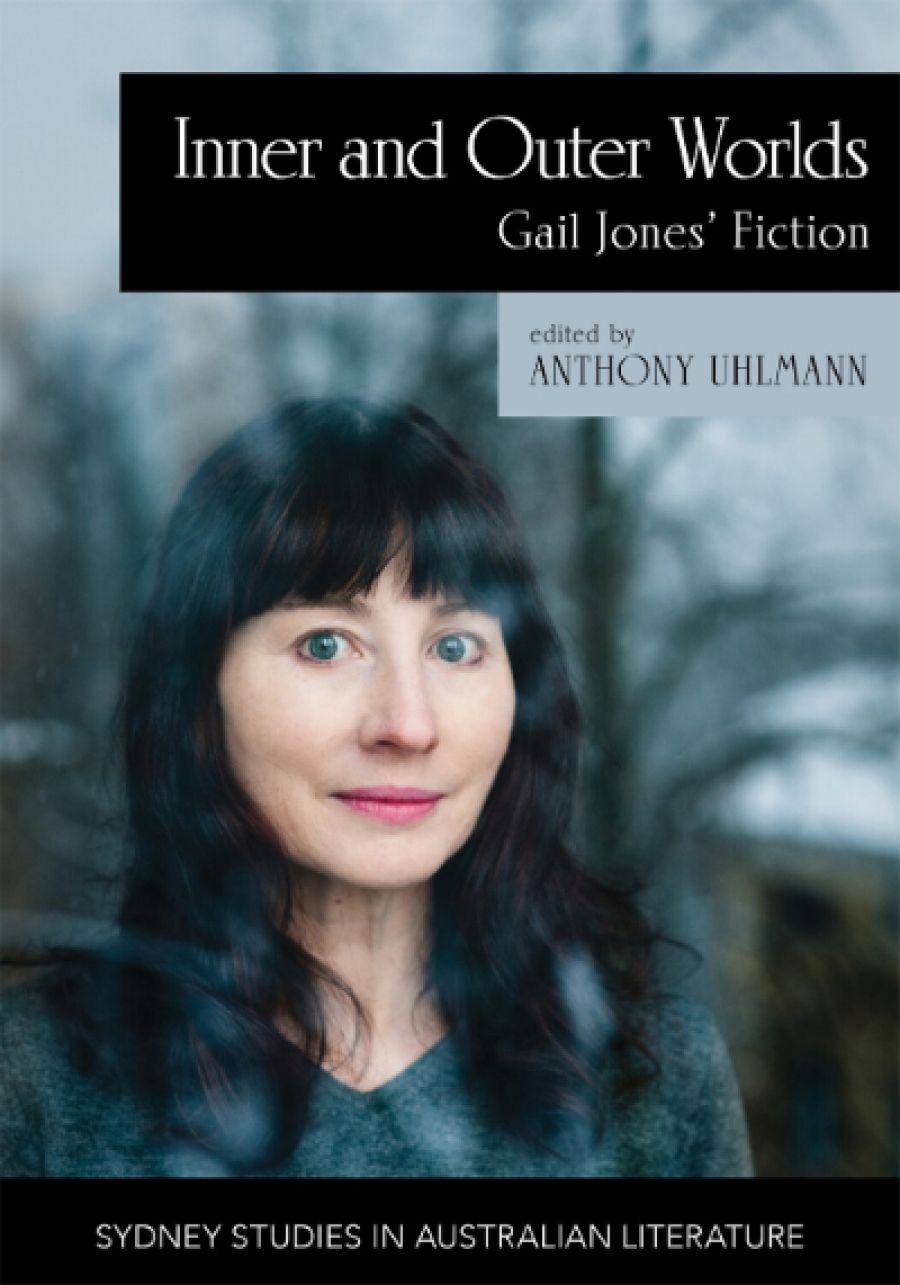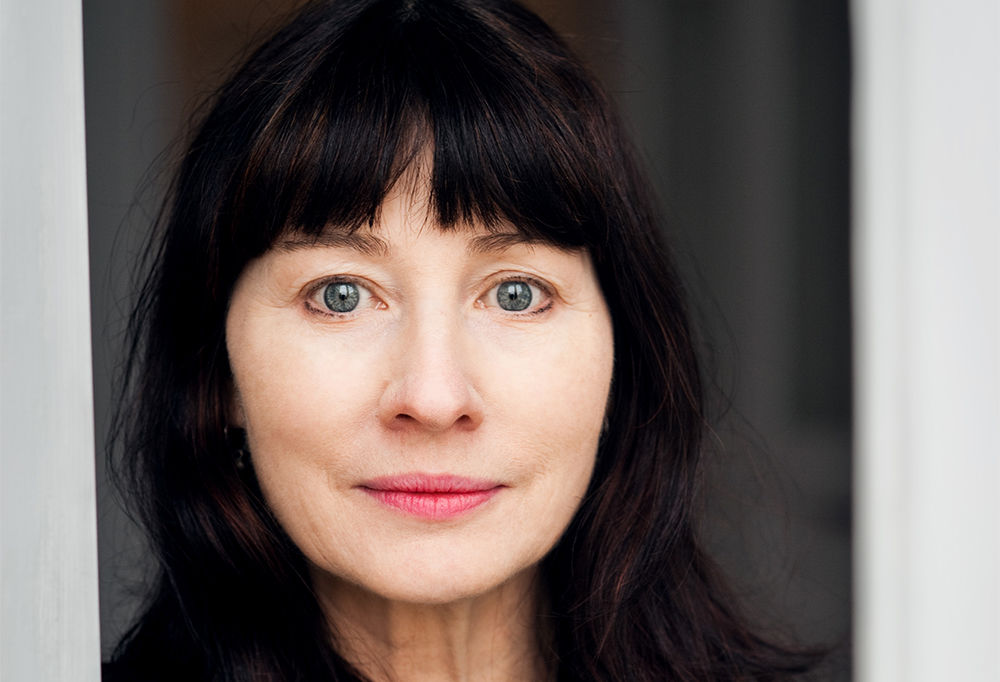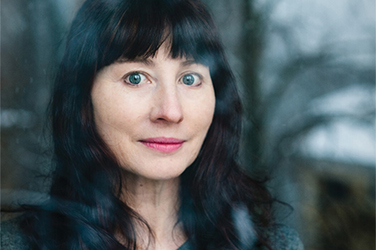
- Free Article: No
- Contents Category: Literary Studies
- Review Article: Yes
- Article Title: Dreams of communing
- Article Subtitle: The challenge of Gail Jones’s fiction
- Online Only: No
- Custom Highlight Text:
The novels of Gail Jones present a challenge to would-be critics. Jones being a formidable scholar in her own right, her eight novels to date pose sophisticated philosophical questions within their elegantly structured narratives. Her novels canvass aspects of human experience that are murky and complex: these are often forms of familial or romantic relationship shaped by loss, both personal and historical. The challenge for critics is that the novels are themselves thinking about the potential of fiction to do this kind of philosophical or ethical work. In this sense, Jones might seem to be one step ahead of the scholar who takes her work as their subject. Inner and Outer Worlds, a collection of essays edited by Anthony Uhlmann, steps up to this challenge.
- Article Hero Image (920px wide):

- Article Hero Image Caption: Author Gail Jones (photograph by Heike Steinweg/Penguin)
- Alt Tag (Article Hero Image): Author Gail Jones (photograph by Heike Steinweg/Penguin)
- Featured Image (400px * 250px):

- Alt Tag (Featured Image): Julieanne Lamond reviews 'Inner and Outer Worlds: Gail Jones’ fiction' edited by Anthony Uhlmann
- Book 1 Title: Inner and Outer Worlds
- Book 1 Subtitle: Gail Jones’ fiction
- Book 1 Biblio: Sydney University Press, $45 pb, 192 pp
- Book 1 Readings Link: booktopia.kh4ffx.net/9WDoxW
Uhlmann opens his introduction by citing an interview in which Jones talks about wanting her novels to matter ‘“in ways other than entertainment – that [they] might provoke serious thinking” about what things might mean’. The essays in this collection speak to this provocation, using Jones’s fiction as a scaffold to consider the meaning of things as diverse as time, sleep, modernity, bioluminescence, psychoanalysis, and colour. In this way, the collection provides its readers not only with some illuminating readings of Jones’s novels – especially Sixty Lights (2004), Five Bells (2011), A Guide to Berlin (2015), and The Death of Noah Glass (2018) – but also with a sense of the approaches that literary criticism in Australia at this moment can provide.
We see critics tracking, describing, and connecting images and preoccupations across Jones’s work. In Lou Jillett’s essay on astronomical and other spatial connections in the fiction, this takes the form of literary criticism as inspired catalogue. A catalogue is not necessarily an argument, but those presented in this collection open up new ways of understanding what Jillett describes as ‘the geometries of relation’ at work in Jones’s fiction. Elizabeth McMahon undertakes a similar tracking and connecting project within the scope of a single novel, reading the image of bioluminescence across Jones’s Victorian novel, Sixty Lights, to regard it as a challenge to the Enlightenment’s separation of body and mind. Here the critic enters into conversation with a work, expanding, making evident what might seem latent. Meg Samuelson makes a series of ‘scattered and drifting reflections’ on the incidence and meaning of the colour blue in Jones’s work. Robert Dixon joins Samuelson in examining Jones’s interest in the relationship between word and image, literary history and art history. James Gourley uses the contested periodisations of literary history to illuminate a literary-critical project embedded in Sixty Lights, drawing out the ‘modernist orientation’ of Victorian novels Jane Eyre and Great Expectations.
Uhlmann’s chapter, which uses the philosophy of Spinoza to probe the ethics of temporality and relationality in Jones’s fiction, is predicated on the idea that ‘literature thinks about the world in particular ways and thereby allows insights that would otherwise remain out of reach’. This is borne out in several essays in the collection, in which Jones’s fiction provides new ways of thinking about questions that have otherwise been considered by philosophers, historians, or scientists. This is apparent in Tanya Dalziell’s essay ‘Sleep’s Sweet Relief’, which uses the novels as a springboard to interrogate the challenges that sleep poses to fictional narrative. This in turn poses philosophical questions about what sleep does to the human sense of being in the world, to ideas of ‘human vulnerability and consciousness’.
For a general reader who knows and loves Jones’s novels, what might provide more interest are the ways in which chapters in this collection probe the affective experience of reading her work. Tony Hughes d’Aeth uses the psychoanalytic theories of Lacan to understand why, when we finish A Guide to Berlin, we are left with the ‘experience of a chord that has not been resolved’. Brigid Rooney describes ‘the unease produced by the oscillation between enigma and detail, between silences and haunting contingencies’ that is central to Jones’s approach to storytelling.
A reader wanting an overview of or introduction to Jones’s work will not find what they are looking for in this collection – they would be better directed to Tanya Dalziell’s monograph published in this same series from Sydney University Press: Gail Jones: Word, image, ethics (2020). In this respect, Uhlmann’s collection is, inadvertently, an index of the conditions under which literary criticism happens in the academy at the present moment. Under intense budgetary and thus time pressure, scholars are disincentivised to tackle the big and the broad: sensibly, they bite off what they can chew. Inner and Outer Worlds shows scholars working adroitly within such constraints, using focused forays to expand our sense of the work as a whole. This means, however, that the sense of where a work fits within a broader network of scholarly conversations, especially about the author herself, is sometimes a little thin. It also – along with the temporality of scholarly publishing – explains the otherwise curious lack of engagement by most of these essays with Dalziell’s study. Rooney’s essay is an exception to this, using A Guide to Berlin as the basis for an ambitious and wide-ranging view of Jones’s fictional project in relation to ‘the promise and the problem of the literary as a vehicle for community’. This is an essay that opens out Jones’s writing for the reader and poses larger questions about the meaning of fiction in the life of an individual and their relations with others. In its careful engagement with other scholars in the field, it also models a form of scholarly community that is increasingly difficult for academics to sustain under current conditions.
Throughout, these essays bring other bodies of knowledge and reference to bear on Jones’s work: on the history of technology, modernity, the Victorian novel, art history, psychoanalysis, philosophy from Spinoza to Deleuze. The end result is a profound sense of Gail Jones’s work as a body of fiction that proliferates ideas in all directions, leading us, as Uhlmann notes, into multiple and ‘resonant spaces of knowledge’.


Comments powered by CComment